-
 Bitcoin
Bitcoin $108,252.0744
-0.81% -
 Ethereum
Ethereum $2,543.5110
-1.02% -
 Tether USDt
Tether USDt $1.0001
-0.01% -
 XRP
XRP $2.2754
0.24% -
 BNB
BNB $660.7907
-0.28% -
 Solana
Solana $148.7728
-1.97% -
 USDC
USDC $0.9999
-0.01% -
 TRON
TRON $0.2867
-0.18% -
 Dogecoin
Dogecoin $0.1677
-2.32% -
 Cardano
Cardano $0.5787
-1.06% -
 Hyperliquid
Hyperliquid $38.6604
-2.60% -
 Sui
Sui $2.8580
-1.65% -
 Bitcoin Cash
Bitcoin Cash $495.9536
0.51% -
 Chainlink
Chainlink $13.4038
-0.54% -
 UNUS SED LEO
UNUS SED LEO $9.0528
0.29% -
 Stellar
Stellar $0.2485
-0.28% -
 Avalanche
Avalanche $17.9880
-1.68% -
 Shiba Inu
Shiba Inu $0.0...01162
-1.41% -
 Toncoin
Toncoin $2.7369
-3.16% -
 Hedera
Hedera $0.1581
-0.69% -
 Litecoin
Litecoin $86.1451
-1.49% -
 Monero
Monero $317.1287
-0.79% -
 Polkadot
Polkadot $3.3657
-0.78% -
 Dai
Dai $1.0001
0.02% -
 Ethena USDe
Ethena USDe $1.0000
0.00% -
 Bitget Token
Bitget Token $4.3034
-3.45% -
 Uniswap
Uniswap $7.3847
-0.25% -
 Aave
Aave $282.9351
-0.88% -
 Pepe
Pepe $0.0...09887
-1.14% -
 Pi
Pi $0.4577
-1.56%
What are LBank's REST API interfaces?
LBank's REST API offers various interfaces for market data, account management, trading, and withdrawals, enabling efficient programmatic interaction with the platform.
Apr 24, 2025 at 12:07 am
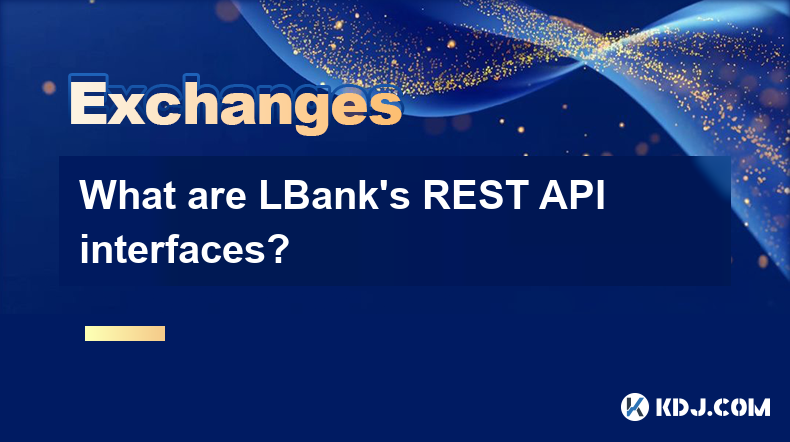
LBank, a prominent cryptocurrency exchange, offers a variety of REST API interfaces that allow developers and traders to interact with its platform programmatically. These APIs enable users to access market data, manage their accounts, and execute trades efficiently. In this article, we will explore the different types of REST API interfaces provided by LBank, their functionalities, and how to use them effectively.
Understanding LBank's REST API
LBank's REST API is designed to provide a seamless and efficient way for users to interact with the exchange's services. The API follows the RESTful architecture, which means it uses standard HTTP methods like GET, POST, and DELETE to perform operations. This makes it easy for developers to integrate LBank's services into their applications.
The REST API is divided into several categories, each serving a specific purpose. These categories include Market Data, Account Management, Trading, and Withdrawal. Each category contains multiple endpoints that allow users to perform various actions on the platform.
Market Data API
The Market Data API provides access to real-time and historical market data. This is crucial for traders who need to analyze market trends and make informed trading decisions. The Market Data API includes endpoints for retrieving ticker information, order book data, trade history, and more.
Ticker API: This endpoint provides real-time price information for a specific trading pair. Users can use this data to monitor the current market price and make quick trading decisions.
Order Book API: The order book API returns the current buy and sell orders for a trading pair. This data is essential for understanding market depth and liquidity.
Trade History API: This endpoint provides a list of recent trades for a specific trading pair. Traders can use this data to analyze market trends and identify potential trading opportunities.
Account Management API
The Account Management API allows users to manage their LBank accounts programmatically. This includes creating and managing API keys, checking account balances, and viewing transaction history.
API Key Management: Users can create, list, and delete API keys through this endpoint. API keys are essential for securing access to the LBank API and should be managed carefully.
Account Balance API: This endpoint returns the current balance of a user's account, including available and frozen funds. Traders can use this information to manage their funds effectively.
Transaction History API: The transaction history API provides a list of all transactions associated with a user's account. This includes deposits, withdrawals, and trading activities.
Trading API
The Trading API is one of the most critical components of LBank's REST API, as it allows users to execute trades programmatically. This includes placing orders, canceling orders, and querying order status.
Place Order API: This endpoint allows users to place market, limit, and stop orders. Users need to specify the trading pair, order type, and other parameters to execute a trade.
Cancel Order API: The cancel order API enables users to cancel pending orders. This is useful for managing risk and adjusting trading strategies.
Order Status API: This endpoint returns the status of a specific order, including whether it has been filled, partially filled, or canceled. Traders can use this information to monitor their trades in real-time.
Withdrawal API
The Withdrawal API allows users to withdraw funds from their LBank accounts. This includes creating withdrawal requests and checking the status of pending withdrawals.
Create Withdrawal API: This endpoint allows users to initiate a withdrawal request. Users need to specify the currency, amount, and destination address to complete the withdrawal.
Withdrawal Status API: The withdrawal status API returns the status of a specific withdrawal request. This includes whether the withdrawal has been processed, pending, or rejected.
Using LBank's REST API
To use LBank's REST API, users need to follow a few steps to set up their environment and authenticate their requests. Here is a detailed guide on how to get started:
Create an API Key: First, users need to create an API key through the LBank website. This involves logging into their account, navigating to the API management section, and generating a new key. Users should keep their API key and secret secure, as they are used to authenticate API requests.
Set Up Authentication: LBank's API uses HMAC-SHA256 signatures to authenticate requests. Users need to include their API key in the request headers and generate a signature using their API secret. The signature is included in the request headers to verify the authenticity of the request.
Make API Requests: Once the authentication is set up, users can start making API requests. They need to specify the correct endpoint, method, and parameters to perform the desired action. For example, to retrieve the ticker information for a trading pair, users would send a GET request to the ticker API endpoint with the trading pair as a parameter.
Handle Responses: LBank's API returns responses in JSON format. Users need to parse these responses to extract the required information. They should also handle any errors that may occur during the API request, such as authentication failures or invalid parameters.
Example: Placing a Market Order
To illustrate how to use LBank's REST API, let's walk through the process of placing a market order. Here are the steps involved:
Prepare the Request: First, users need to prepare the request parameters. For a market order, they need to specify the trading pair, order side (buy or sell), and the amount to trade.
Generate the Signature: Next, users need to generate the HMAC-SHA256 signature using their API secret. This involves concatenating the request parameters and timestamp, and then signing the resulting string with the API secret.
Send the Request: Users can then send the request to the place order API endpoint. They need to include their API key in the request headers and the signature in the request body.
Parse the Response: Once the request is sent, users need to parse the response to check if the order was successfully placed. The response will include the order ID and other relevant information.
Frequently Asked Questions
Q: What are the rate limits for LBank's REST API?
A: LBank's REST API has rate limits to prevent abuse and ensure fair usage. The specific rate limits vary depending on the endpoint and the user's account type. Users should refer to the LBank API documentation for detailed information on rate limits and how to handle them.
Q: Can I use LBank's REST API for automated trading?
A: Yes, LBank's REST API is designed to support automated trading. Users can use the Trading API to place orders, cancel orders, and monitor their trades programmatically. However, users should ensure they comply with LBank's terms of service and any applicable regulations when using the API for automated trading.
Q: How secure is LBank's REST API?
A: LBank's REST API uses industry-standard security measures to protect user data and prevent unauthorized access. This includes HMAC-SHA256 signatures for request authentication and HTTPS for secure communication. Users should also take steps to secure their API keys and secrets to prevent unauthorized access to their accounts.
Q: Are there any fees associated with using LBank's REST API?
A: LBank may charge fees for certain API operations, such as placing orders or withdrawing funds. The specific fees depend on the user's account type and the type of operation. Users should refer to the LBank fee schedule for detailed information on API-related fees.
Disclaimer:info@kdj.com
The information provided is not trading advice. kdj.com does not assume any responsibility for any investments made based on the information provided in this article. Cryptocurrencies are highly volatile and it is highly recommended that you invest with caution after thorough research!
If you believe that the content used on this website infringes your copyright, please contact us immediately (info@kdj.com) and we will delete it promptly.
- Bitcoin, Investment, Safe Buy: Navigating the Crypto Landscape in 2025
- 2025-07-08 06:30:12
- DegeCoin, Solana, and Meme Tokens: Riding the Wave or a Wipeout?
- 2025-07-08 07:10:12
- Brett Price, Arctic Pablo, and Meme Coins: What's the Hype?
- 2025-07-08 06:50:12
- Cryptos, Potential Gains, Early Investment: Spotting the Next Big Thing
- 2025-07-08 06:30:12
- Solana ETF Speculation Heats Up: SEC Deadlines and SOL Price Swings
- 2025-07-08 07:10:12
- PUMP Token, Solana Adoption, and Token Sales: What's the Buzz?
- 2025-07-08 07:15:12
Related knowledge
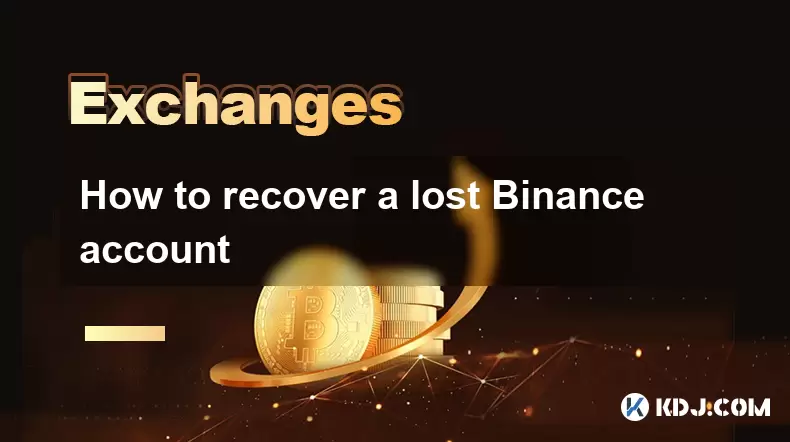
How to recover a lost Binance account
Jul 07,2025 at 09:07pm
What Happens When a Binance Account Is Lost?Losing access to your Binance account can be a distressing experience, especially if you hold significant digital assets. This typically occurs due to forgotten login credentials, loss of two-factor authentication (2FA) devices, or compromised accounts. Understanding the exact reason behind losing access is cr...
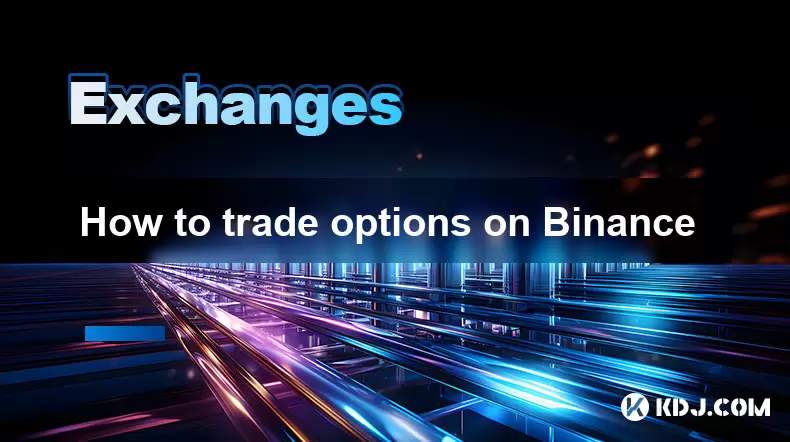
How to trade options on Binance
Jul 08,2025 at 04:35am
Understanding Options Trading on BinanceOptions trading allows investors to speculate on the future price of an asset without owning it. On Binance, users can trade crypto options, which are derivative contracts that give traders the right—but not the obligation—to buy or sell a cryptocurrency at a predetermined price before a specific date. This form o...
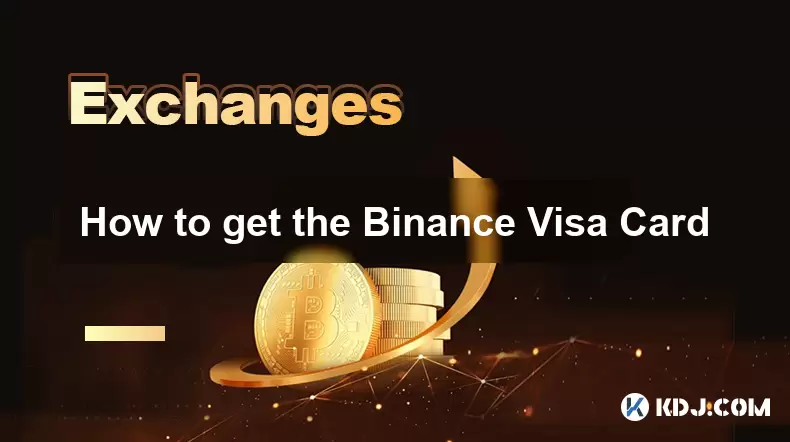
How to get the Binance Visa Card
Jul 08,2025 at 07:36am
What Is the Binance Visa Card?The Binance Visa Card is a cryptocurrency-linked payment solution that allows users to spend their digital assets in everyday transactions. Whether you're purchasing groceries, booking travel, or shopping online, this card enables seamless integration of crypto into your financial lifestyle. Unlike traditional debit or cred...

How to read Binance charts
Jul 07,2025 at 08:14pm
Understanding the Basics of Binance ChartsReading Binance charts effectively is essential for making informed trading decisions in the cryptocurrency market. Before diving into technical indicators and candlestick patterns, it's important to understand the basic layout of a chart on the Binance platform. The default chart interface displays price moveme...
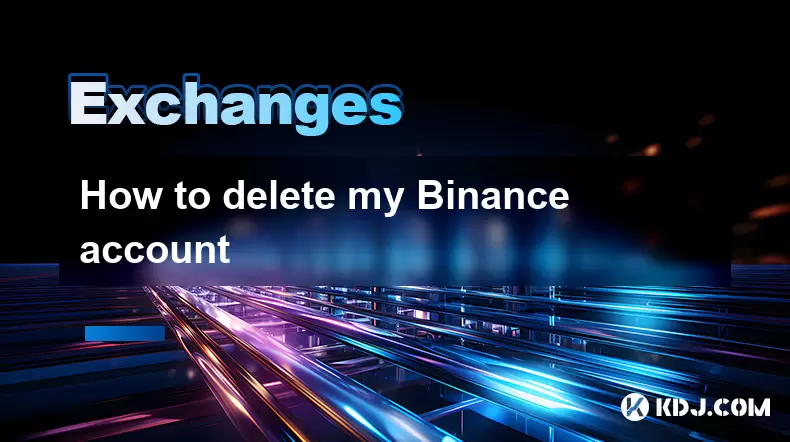
How to delete my Binance account
Jul 08,2025 at 06:35am
How to Delete My Binance AccountIf you're considering deleting your Binance account, it's important to understand the process thoroughly. Binance is one of the largest cryptocurrency exchanges globally, and permanently closing your account involves several steps. This guide will walk you through each necessary action to ensure a smooth deletion. Prepari...
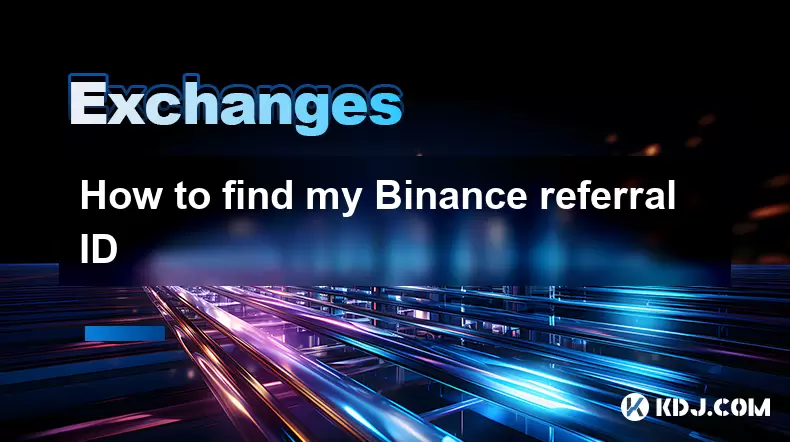
How to find my Binance referral ID
Jul 07,2025 at 06:29pm
What is a Binance Referral ID?A Binance Referral ID is a unique identifier assigned to each user on the Binance platform. This ID allows users to refer new traders to Binance and earn commissions from their trading fees. The referral program is an integral part of Binance’s ecosystem, encouraging community growth and rewarding active participants. Every...

How to recover a lost Binance account
Jul 07,2025 at 09:07pm
What Happens When a Binance Account Is Lost?Losing access to your Binance account can be a distressing experience, especially if you hold significant digital assets. This typically occurs due to forgotten login credentials, loss of two-factor authentication (2FA) devices, or compromised accounts. Understanding the exact reason behind losing access is cr...

How to trade options on Binance
Jul 08,2025 at 04:35am
Understanding Options Trading on BinanceOptions trading allows investors to speculate on the future price of an asset without owning it. On Binance, users can trade crypto options, which are derivative contracts that give traders the right—but not the obligation—to buy or sell a cryptocurrency at a predetermined price before a specific date. This form o...

How to get the Binance Visa Card
Jul 08,2025 at 07:36am
What Is the Binance Visa Card?The Binance Visa Card is a cryptocurrency-linked payment solution that allows users to spend their digital assets in everyday transactions. Whether you're purchasing groceries, booking travel, or shopping online, this card enables seamless integration of crypto into your financial lifestyle. Unlike traditional debit or cred...

How to read Binance charts
Jul 07,2025 at 08:14pm
Understanding the Basics of Binance ChartsReading Binance charts effectively is essential for making informed trading decisions in the cryptocurrency market. Before diving into technical indicators and candlestick patterns, it's important to understand the basic layout of a chart on the Binance platform. The default chart interface displays price moveme...

How to delete my Binance account
Jul 08,2025 at 06:35am
How to Delete My Binance AccountIf you're considering deleting your Binance account, it's important to understand the process thoroughly. Binance is one of the largest cryptocurrency exchanges globally, and permanently closing your account involves several steps. This guide will walk you through each necessary action to ensure a smooth deletion. Prepari...

How to find my Binance referral ID
Jul 07,2025 at 06:29pm
What is a Binance Referral ID?A Binance Referral ID is a unique identifier assigned to each user on the Binance platform. This ID allows users to refer new traders to Binance and earn commissions from their trading fees. The referral program is an integral part of Binance’s ecosystem, encouraging community growth and rewarding active participants. Every...
See all articles

























































































